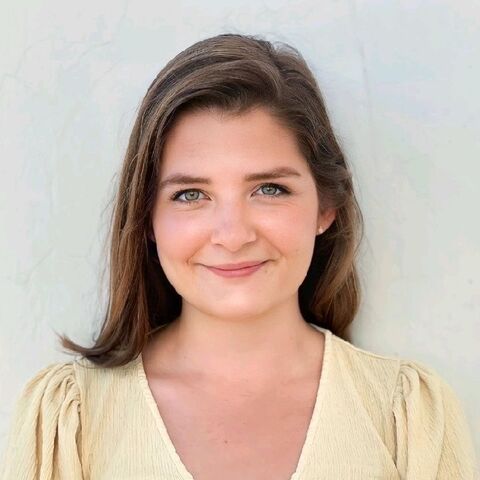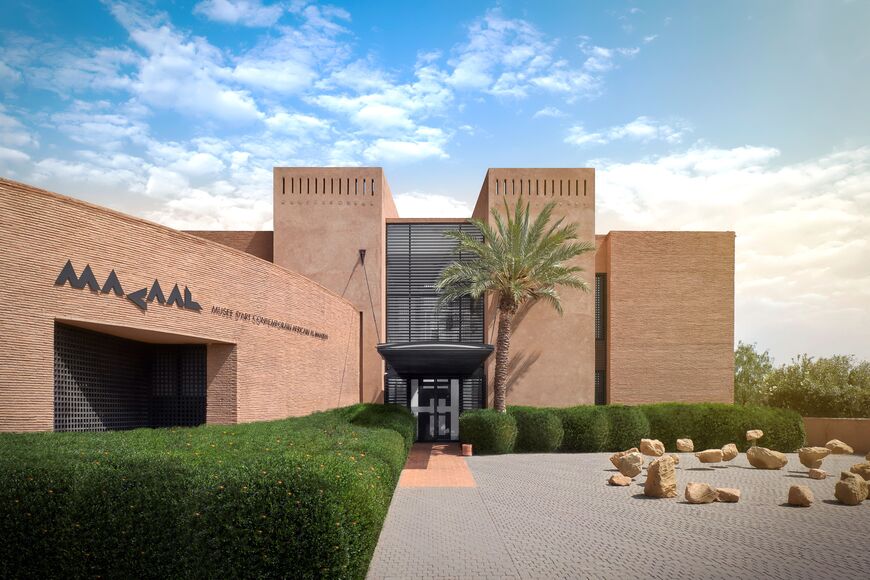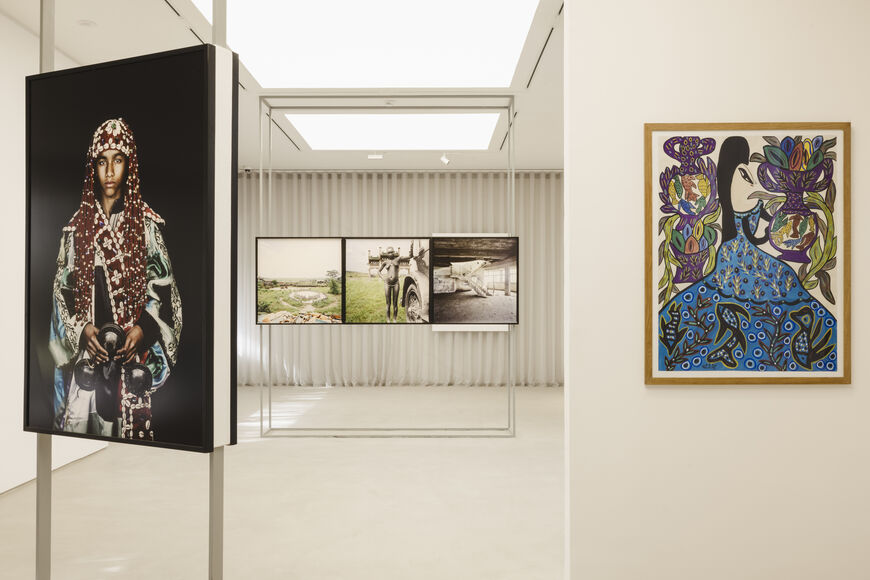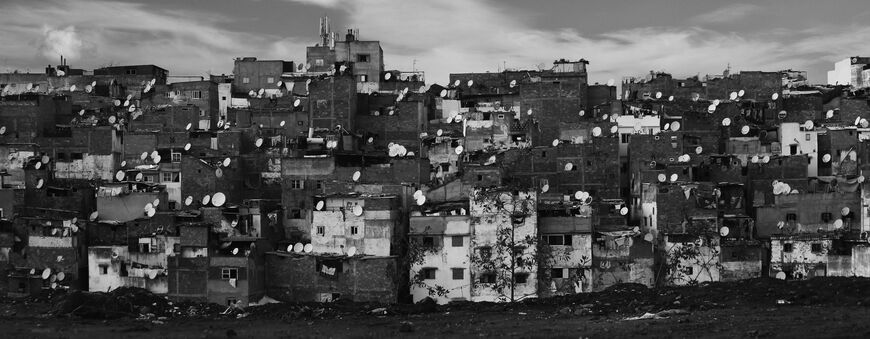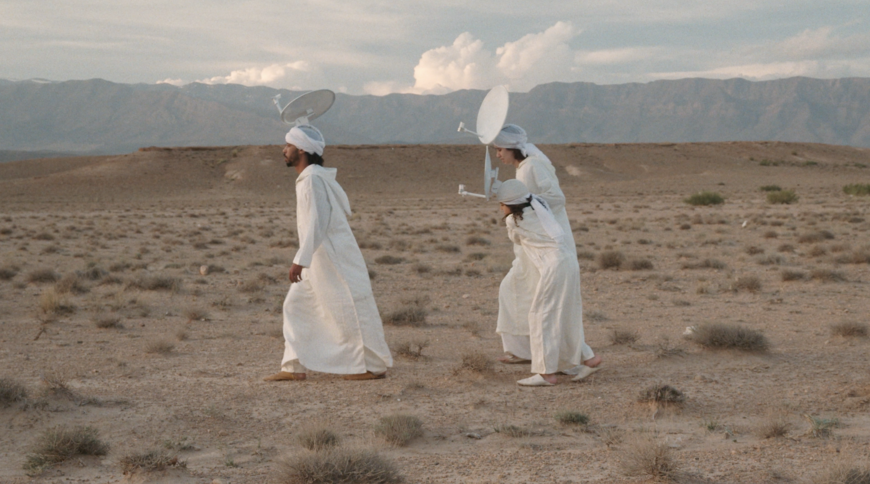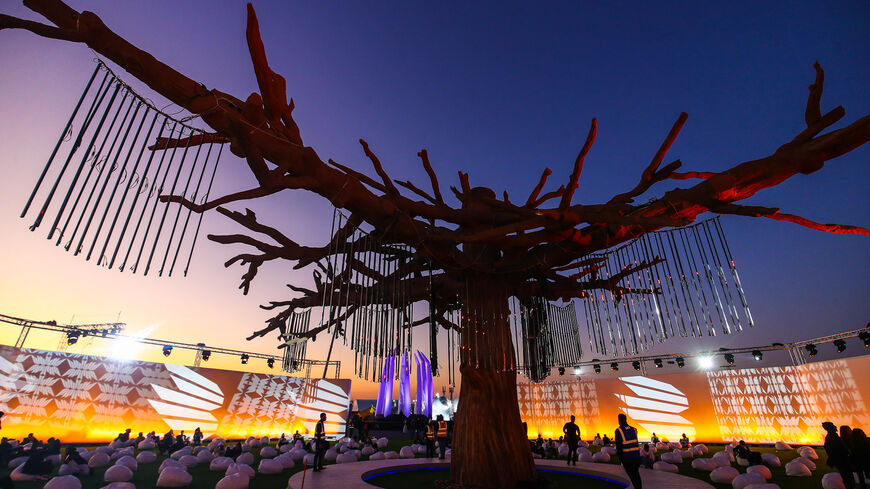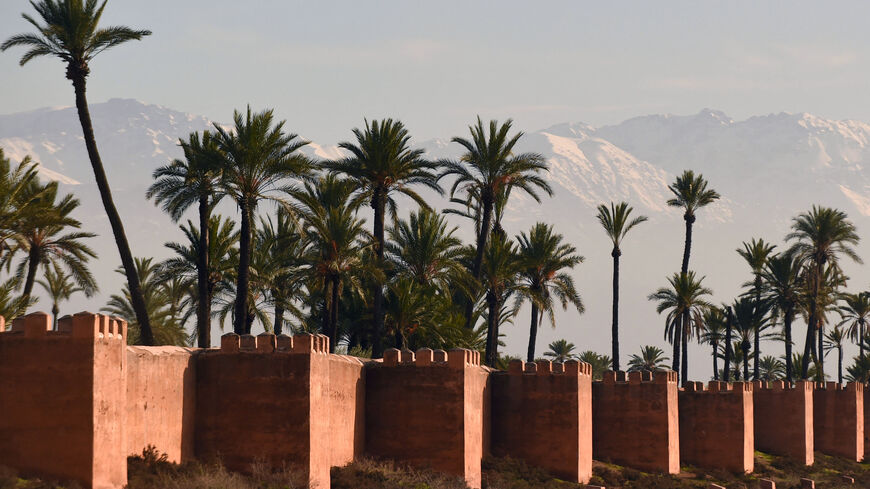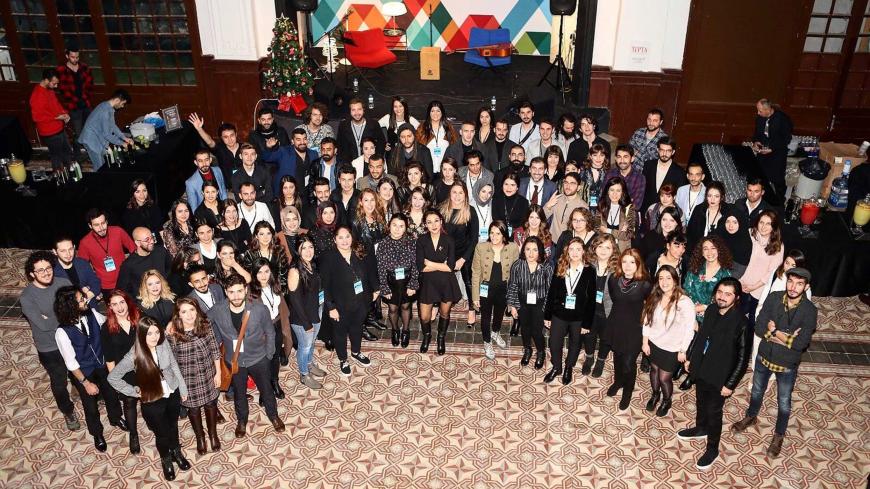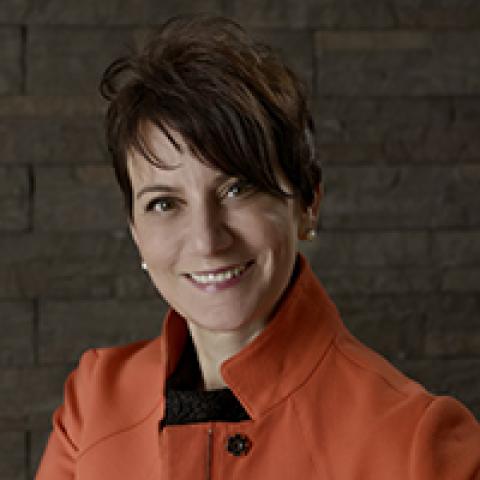Culture
Marrakech's African Contemporary Art Museum reinvents itself two years after quake
Marking the two-year anniversary of the 2023 earthquake, Marrakech’s Museum of African Contemporary Art highlights the city’s recovery and its growing role as a hub for African art.
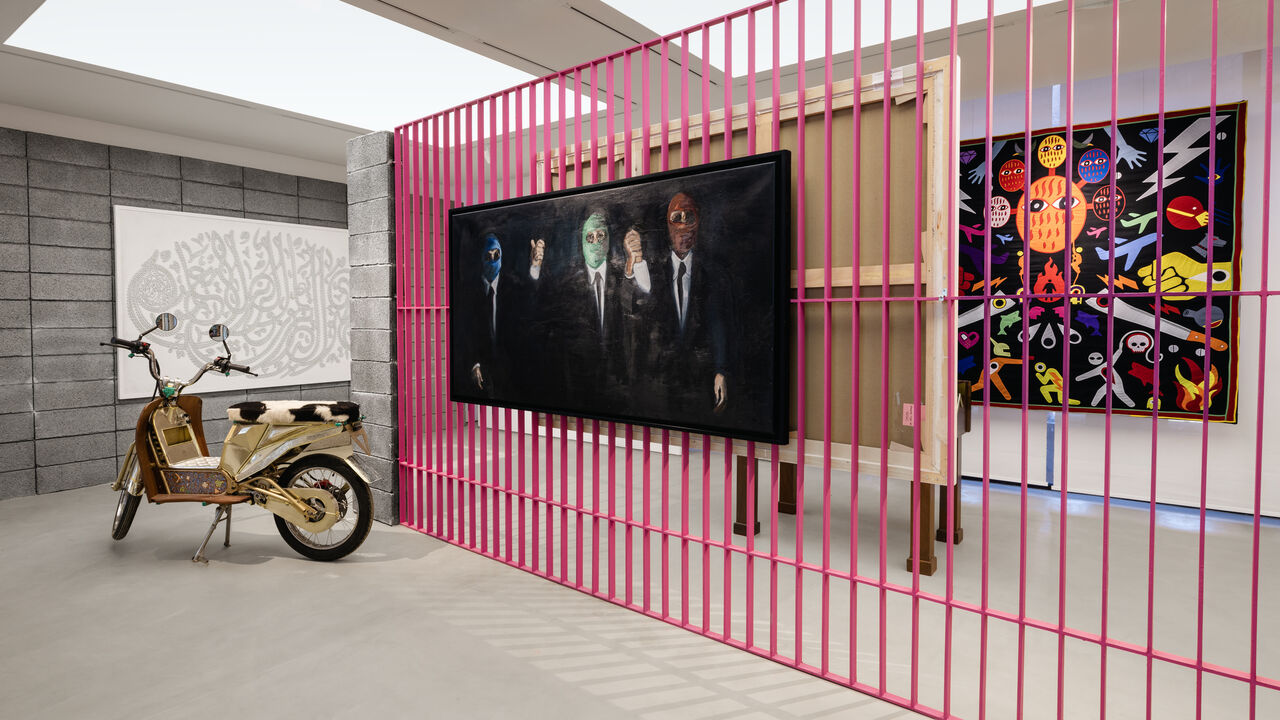
RABAT, Morocco — Two years after the earthquake that shook Marrakech and damaged some of its most renowned landmarks, the city’s cultural institutions are showing signs of renewal. Chief among them is the Museum of African Contemporary Art Al Maaden, which reopened earlier this year as a beacon for contemporary African art.
Although the MACAAL building emerged largely unscathed from the 6.8-magnitude earthquake, the museum closed for several months afterward for renovations. Director Othman Lazraq, a private collector who founded the museum with his father, Alami, in 2016, said the closure was an “opportunity to rethink the museum from the ground up.”
When the museum reopened in February, it did so with both resilience and reinvention. Visitors returned to brighter spaces filled with natural light and redesigned pathways alongside a new cafe and boutique. Housing more than 2,000 works from artists across Africa and beyond, the institution is, in Lazraq’s words, “deeply engaged in cultural mediation.”
A regional platform for African artists
As part of its renewed mission, MACAAL inaugurated the Timeline Room, tracing the evolution of contemporary African art from the era of independence movements to the present. Its new permanent exhibition, "Seven Contours, One Collection," brings together more than 100 works across seven thematic galleries, enriched with filmed interviews from prominent academics and intellectuals from the African continent and its diaspora and rotating art displays to keep the experience dynamic.
Lazraq’s ambition for the museum is “to act as a platform, defending and promoting African art” at home and abroad. “MACAAL is no longer just a private initiative; we’re establishing ourselves as an institutional hub in the Maghreb,” he said.
Marrakech, home to over a million people and visited by nearly 4 million tourists in 2024, “has always been a meeting point of cultures,” Lazraq said. But while tourism gives the museum room to expand, its essence remains “an independent African museum, rooted in its community, accessible to all and committed to writing a new chapter for contemporary African art,” the director told Al-Monitor.
From reinvention to artistic exploration
That commitment is also reflected in the artists MACAAL presents. In September, the museum opened its doors to Moroccan filmmaker, photographer and multidisciplinary artist Hiba Baddou, whose exhibition "Paraboles, A Hertzian Odyssey" runs until Dec. 7. Her first exhibition at MACAAL, the show reinforces the institution’s role as both a stage for established voices and a platform for emerging ones.
Baddou's collection at MACAAL is the result of “an investigation on the impact of images on migration and the shaping of our identities," she said. At its center is an object both ordinary and symbolic: the satellite dish. Her idea recalls Morocco in the 1980s, when households repurposed couscous pots into makeshift satellites to capture foreign TV channels. “This ingenious gesture opened an unprecedented window to the world, transforming imaginations, fueling both the aspiration to leave and, paradoxically, a stronger attachment to home,” she told Al-Monitor.
To translate this message, Baddou combines a retro-futuristic short film, photographs, graphic works and an invented Hertzian language with a fictional passport of the Hertz Republic. Beyond Morocco, she explained, “Identity fractures run through many societies.”
Colonial legacies and identity paradoxes
Baddou said her work expresses “the complexity of the country’s contemporary identity,” one shaped by both tradition and modernity as well as a colonial legacy. Amid these coexisting influences, paradoxes emerge, “revealing the tensions between different aspirations and ways of life.”
“Many Moroccans aspire to adopt a Western lifestyle, with its freedoms and innovations, while remaining deeply attached to the values, customs and family structures passed down through generations,” she said. At the same time, identity is split between “a longing for elsewhere and an attachment to home.”
By blending heritage with modernity, Baddou said, “We can generate new forms of cultural expression that reflect the diversity and vitality of contemporary Morocco.” She called this coexistence “a fragile balance between rootedness and openness, continuity and change, singularity and universality.”
One highlight of the show is her short film in MACAAL’s Artist Room, which she describes as the “beating heart” of the exhibition. “To grant a fiction film such a central position within a museum is, to me, an acknowledgment that fiction can also be a legitimate and powerful artistic language for questioning memory, identity and our collective experiences,” she said.
The museum’s rebirth and Baddou’s exploration of fractured identities echo the same story: resilience, reinvention and dialogue. Together, they underscore MACAAL’s growing role as a cultural bridge linking past and present, Morocco and the world, and tradition and innovation.
